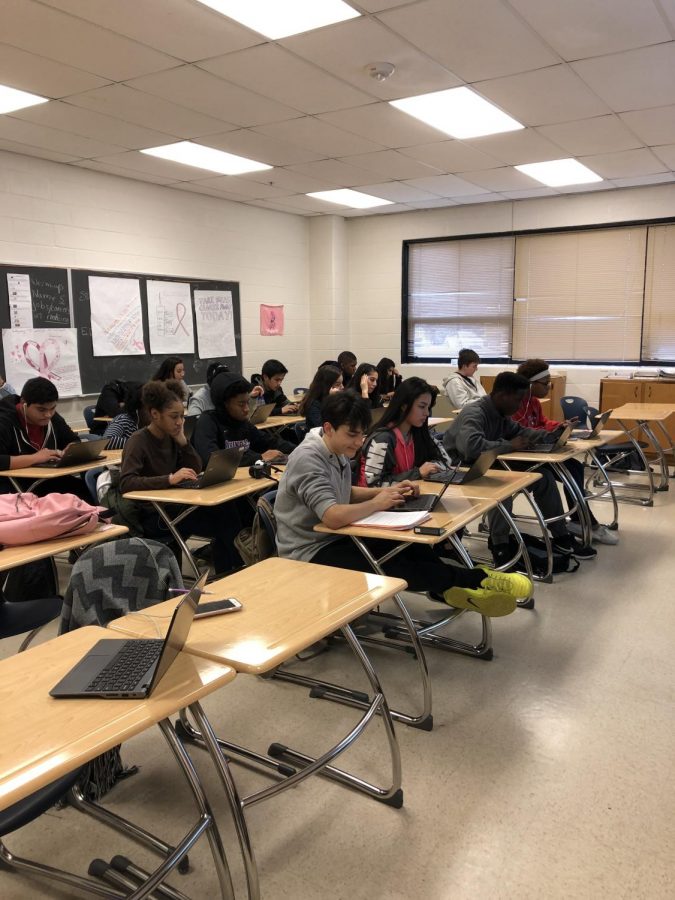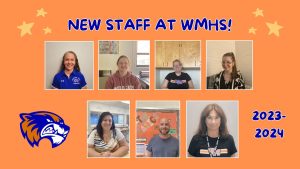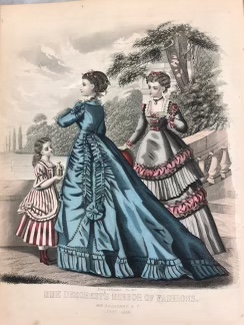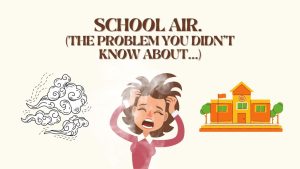Education changes as classroom technology evolves
December 13, 2017
As a student in the 21st century, having technology in the classroom is expected. But do you ever wonder what learning was like before Chromebooks, Promethean boards and Google Classroom?
There is no doubt that students believe that technology in school is beneficial, but comparative religions teacher Lauren Squier recognizes the negative aspects as well. “I can give them an assignment on Google Classroom and the next thing I know they’re looking at highlights on ESPN or they’re tweeting or they’re on Hudl. So there are pros and cons,” Squier said.
Squier graduated from high school in 2004 and described the average classroom during that time as having “blackboards, overhead transparencies… [and] televisions in each room.”
English teacher David Sampselle has been through many phases of technology in the classroom. “I think [Chromebooks and Promethean boards] are great,” Sampselle said. “But a lot of students use their typing function to just type something and turn it in. Their brains aren’t engaged as well as if they were hand writing something.”
Sampselle also remembers having mimeographs in classrooms. Mimeographs were used to make paper copies with stencils. They are now replaced by the much more modern photocopier.
The Media Center has definitely seen various changes with technology. It holds over 45 student accessible computers and two printers, one black and white and one color. They have a wide variety of CDs and audio tapes that students may also check out if interested.
With the implementation of technological resources comes negatives that may not always be kept in mind. It is now much easier for students to plagiarize and find answers online. These habits take a toll on the students’ grades and require teachers to use websites like turnitin.com to make sure that students don’t plagiarize.
Being plugged in also causes the school the consume more energy. With 1080 solar panels installed in late 2015, Watkins Mill can produce over 270 Kilowatts with the sun at its highest point. These solar panels have saved the county thousands and are less harmful to the environment.
Technology has definitely made everyday student life easier for students, whether it’s small things like printers in computer labs or school-wide WiFi. Future generations will thank us for setting a foundation for the house of technology.








